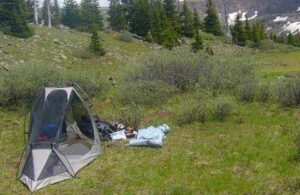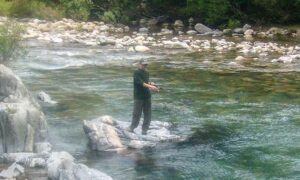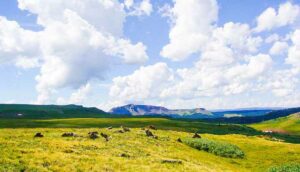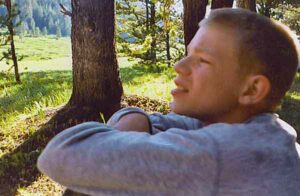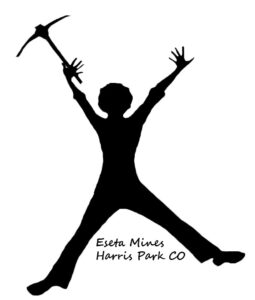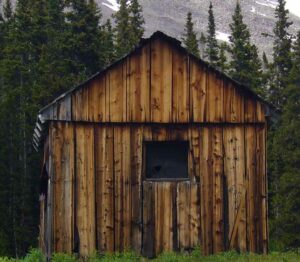OutWestWoods
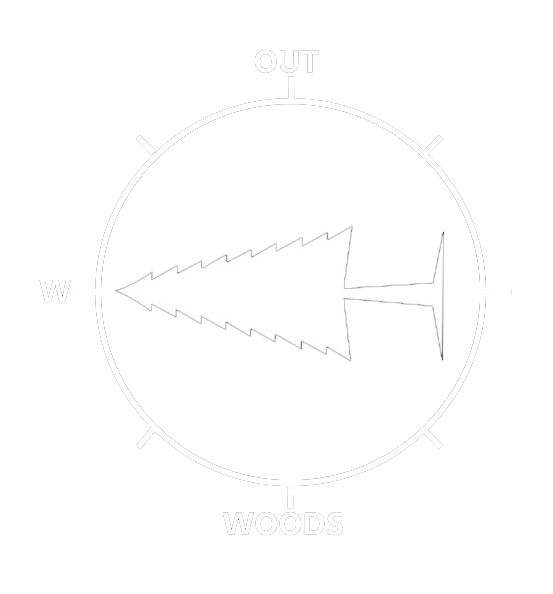
Tips and Tricks 8-14
After dedicating over 25 years to the art of backpacking, I have amassed a wealth of knowledge, uncovering numerous tricks and techniques to ensure my safety, maximize efficiency, and enhance the overall enjoyment of my adventures.
Allow me to share with you some of my favorite backpacking tips and tricks that have stood the test of time.
TIP #8 Bugs
Experiencing sunburn and bug bites can quickly turn a promising trip into a miserable one, especially on the first day when excitement runs high and preparations may be overlooked. To avoid such discomfort, it’s crucial to prioritize protection from the sun and pesky insects from the very beginning.
On day 1, amidst the excitement of hitting the trail, it’s easy to neglect essentials like bug spray and sunscreen. However, failing to address these concerns could potentially spoil your entire trip.
The severity of bug-related annoyances varies depending on the presence of standing water in the area. To combat biting insects, I always ensure I have an ample supply of DEET, a reliable repellent.
Equally important is safeguarding yourself against the sun’s harsh rays, which can be particularly intense at higher altitudes, catching you off guard. Remember, sunburns can occur swiftly at elevations of 10,000 feet, often catching hikers unaware.
Let’s not forget the well-being of our children. A sunburned and bug-bitten child is unlikely to enjoy the adventure, so it’s crucial to provide them with adequate protection and care.
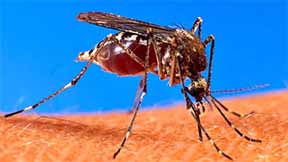
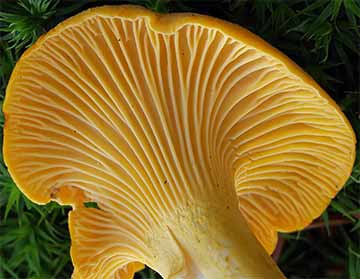
Forked Gills
Tip #9 - CHANTERELLE Mushrooms
In the beautiful Rockies, where nature provides us with various edible mushrooms, one of my absolute favorites is the exquisite chanterelle mushroom. These prized delicacies are quite rare, often appearing sporadically in specific areas for only a few weeks, typically in late July.
When chanterelles do make their appearance, they seem to be everywhere, adding a touch of enchantment to the forest. These mushrooms have a distinct vibrant yellow or orange color and emit a delightful fruity aroma reminiscent of apricots. You can typically find them in conifer forests, particularly around the base of Ponderosa Pine trees, as they establish a mutually beneficial relationship with the tree’s roots.
Identifying chanterelles is relatively straightforward, as they exhibit distinctive “gill-like” folds, described as forked folds or wrinkles, instead of the traditional gills seen in other mushroom varieties. However, it’s crucial to exercise caution, as there is a poisonous look-alike called the Jack o’lantern (Omphalotus illudens) that does possess true gills.
If you are fortunate enough to stumble upon these delectable treasures while backpacking, I highly recommend frying them up for a delightful dinner. Savor their unique flavor and enjoy every bite, knowing you’ve discovered a true culinary gem in the heart of the Rockies.
Tip #10 - Crotch rash
Here’s an important tip, especially for the older gentlemen out there: Avoid the discomfort of a crotch rash while backpacking. Trust me, there’s nothing worse than having to walk with discomfort and a pack for several days.
It’s surprisingly easy for this to happen, especially as we age, gain a little weight, and wear new backpacking pants that may trap moisture and cause friction.
To prevent this bothersome problem, a simple solution is to apply a bit of baby powder in that area before embarking on your hike. This will help keep the area dry and reduce friction, ensuring a more comfortable and enjoyable backpacking experience.
Remember, prevention is key, so don’t underestimate the importance of taking this simple precaution. Trust me, you’ll thank yourself later.

An older man's best friend

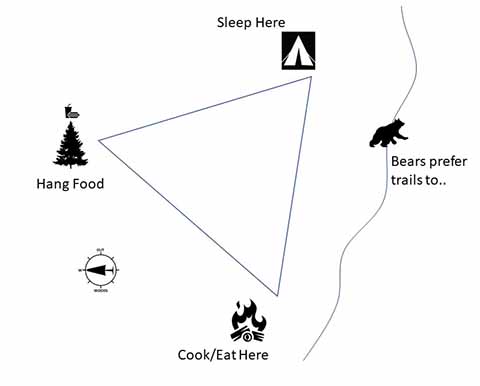
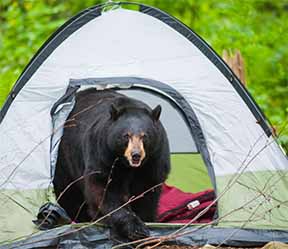
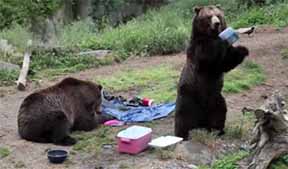
Tip #11 Living with Bears
When I venture into the woods of Colorado, I have no fear of bears, despite knowing that I am in their territory. Bears simply don’t seem to like the scent or taste of humans, and that’s where our strength lies.
On average, there are less than three bear attacks per year across the entire North American continent, and even this number is decreasing. In Colorado alone, the black bear population is thriving, currently estimated at around 19,000.
It’s important to note that Colorado does not have grizzly bears, also known as brown bears, which are generally more aggressive than black bears. Since 1900, there have been three reported deaths from black bear attacks in Colorado. In contrast, areas where grizzlies are found, such as Alaska, Montana, and Wyoming, have experienced 52 deaths from bear attacks since the 1900s. It’s worth mentioning that most bear attacks occur when only one or two people are in close proximity to the bears.
When it comes to danger in the wilderness, lightning poses a greater threat in Colorado, causing an average of three deaths per year, compared to the three bear-related deaths since 1900.
Now, I don’t mean to downplay the potential danger of bears, as they will defend their cubs and territory. That’s why it’s crucial to keep your distance and make noise as you move away from them.
If a black bear were to fake attack you, similar to a dog’s behavior, and actually make contact, it’s recommended to fall onto your stomach, play dead, and protect your head and neck. By showing the bear that you are not a threat, you increase your chances of survival.
However, the real concern lies with emaciated and hungry bears that may enter your camp in search of food. In such a situation, everyone in the camp must work together to ward off the bear. Always be wary of a skinny, starving bear, as they may become less selective about their food choices, including humans.
The best prevention strategy for potential bear encounters, as well as encounters with other wildlife, is to maintain a clean campsite. Think of creating a triangle: sleep in one area, eat in another, and hang your food away from the sleeping and eating areas. Keep your cooking and eating spaces meticulously clean, avoiding dropping food scraps into the fire or leaving trash out. Never keep food, not even toothpaste, inside your tent, as bears have an incredible sense of smell and can detect even the slightest hint of sugar.
When selecting a campsite, choose a location away from trails, as bears often travel these paths at night. Also, ensure that your body doesn’t smell like food or fish. Keep yourself clean and smelling like a human, as there have been instances where bears, confused by the scent of fish, have mistaken fishermen for a potential meal.
By following these guidelines and respecting the wildlife’s space, we can minimize the risk of bear encounters and enjoy our outdoor adventures safely.
Tip #12 Hard to get lost
While I acknowledge that getting lost is a possibility, especially when backpacking in the Rockies, I find that in typical areas like walking a valley to a mountain peak, it’s quite difficult to truly lose your way. If you maintain a pace of about a mile an hour, you’ll mostly stay within your designated valley, unless you purposely hike over a mountain pass to another valley. In that case, you’ll be aware of the change.
However, it’s common to lose the trail itself. Previous hikers may have missed a switchback or created alternate paths around obstructions, resulting in multiple trails that can confuse you. In such situations, you have a couple of options: backtrack to find the correct trail or venture ahead a bit more, as often these trails reconverge further along.
In my younger days, I relied solely on maps without the aid of GPS. Even today, I prefer to carry a map with me. However, the availability of GPS devices has made navigation much easier. Just make sure you familiarize yourself with how to use the GPS before embarking on your journey, and don’t forget to bring extra batteries to keep it powered.
It’s worth mentioning that in the past, not knowing my exact location would make me nervous. But over time, I realized for me that as long as I have a rough idea within a mile or so, I’m not truly lost.
In the event that you find yourself lost, the best idea to remain in one place and having a whistle can be incredibly valuable. By giving three short blows on the whistle, you can attract the attention of your companions or anyone else in the vicinity who might hear you. This simple but effective signaling method can help alert others to your presence and increase the chances of being found and reunited with your group or receiving assistance.
Another technique you can employ is the spokes of a wheel method. Choose a direction and walk around 100 feet to see if you recognize any familiar landmarks. If not, return to your starting point and try another direction. This systematic approach can help you reorient yourself.
In dire situations where you feel completely lost of hope of being found, it’s advisable to walk downhill or follow a water source, as it often leads to civilization. Keep an eye out for power lines, which can indicate the presence of human settlements.
Lastly, having a SPOT device can be a lifesaver. With a simple press of a button, you can summon help from friends or even the authorities.
While hiking, it’s important to pay attention to side streams and openings you encounter along the way. These natural features can serve as useful landmarks during your journey. Take the time to mark them on your map or GPS device, and utilize the surrounding mountains and landscape to establish reliable reference points for navigation. By noting these landmarks, you can enhance your ability to navigate the terrain and maintain a sense of direction, helping you stay on track and reach your destination safely.
The ruggedness of Colorado’s terrain presents both a challenge and an advantage. When hiking from one valley to another, the journey often entails traversing mountain passes, which can be physically demanding. However, this also means that if you began your hike in a mountain valley, chances are you are still within its vicinity. The energy required to ascend and descend these mountain passes serves as a useful indicator of your location within the vast Colorado landscape. By acknowledging the physical exertion involved, you can gauge your progress and better appreciate the immensity of the mountains surrounding you.
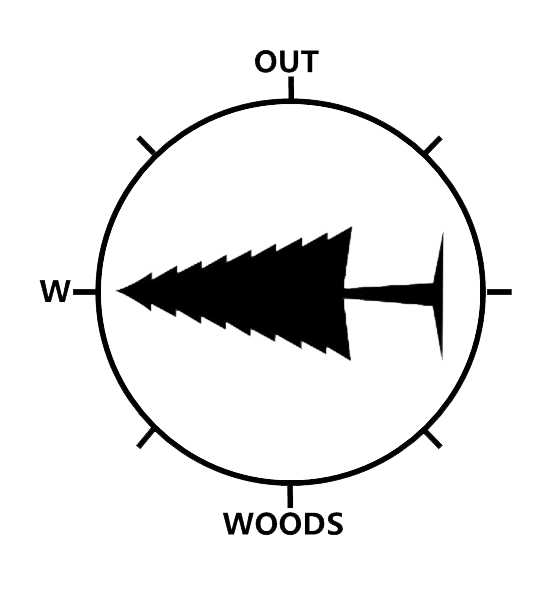
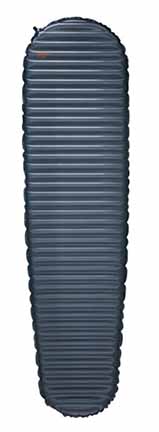
Tip 13 - Dig a hole for your back to slip into
I discovered a useful trick early on to enhance my sleeping comfort on the ground while camping.
First, let me introduce you to the Therm-a-Rest NeoAir UberLite, a highly recommended sleeping pad. However, on uneven ground—typical in Colorado—I found that it can be slippery, causing some discomfort during sleep.
To address this issue, here’s what I do: Before setting up my tent, I place my sleeping pad in the desired spot, ensuring that I lie down and find a comfortable position.
Once I’ve identified the perfect spot, I take a moment to dig out a small area where my lower back will rest. It’s like creating a natural pocket about the size of your lower back, with a depth of 2 or 3 inches.
This simple excavation provides a secure space for your back to settle into, preventing any unnecessary sliding or discomfort while sleeping. By creating this custom pocket, you can enjoy a more comfortable and secure sleep, even on uneven terrain.
Tip #14 Keep your pack at 40 Pounds or lower
My approach to backpacking revolves around keeping things as lightweight as possible. Through my experiences, I’ve learned that a lighter pack greatly enhances the overall enjoyment of the journey, even if it means sacrificing certain modern conveniences. These days, I can comfortably embark on a week-long trip with just 40 pounds of gear. With this weight, I can maintain a good pace, have all the essentials I need, and avoid feeling worn out.
To achieve a lighter load, several key areas can be targeted. Opting for a small and lightweight backpack, a compact zero-degree sleeping bag, and a lightweight tent can significantly reduce weight. Additionally, being mindful of the quantity of clothes and food packed, as well as resisting the urge to bring unnecessary gadgets, can further shed pounds from your pack.
In today’s modern age, it may seem harsh, but I made the decision not to allow my son to bring any electronics on our trips. For just a week, I wanted him to fully immerse himself in the natural environment—listening to my voice, the sounds of the wind, water, trees, birds, and everything nature had to offer.
I encourage you to set a goal of backpacking with 40 pounds or less, if possible. Make a conscious effort to let go of items that you’ll likely not even use during your outdoor adventure. If you need assistance in organizing your gear, take a look at my Backpacking List for guidance.
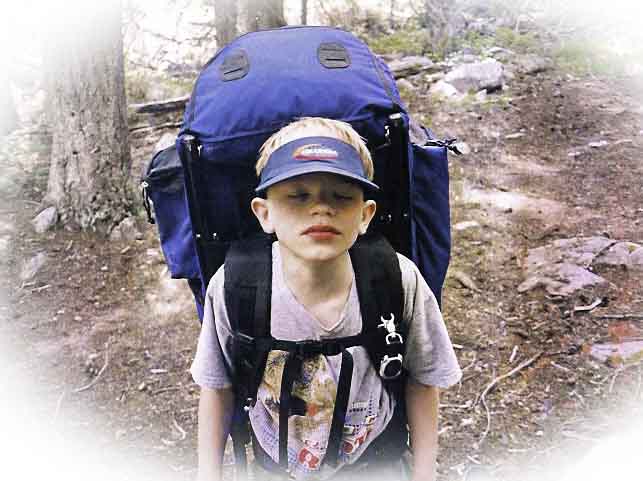
Tricks and Tips Continued
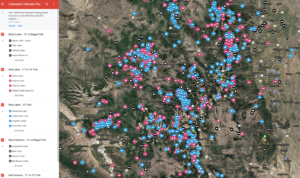
Much More To Discover At OutWestWoods
Discover essential tips for your outdoor adventures in Colorado’s backcountry:
Backpack Equipment List: Get a comprehensive checklist for your backcountry backpacking needs.
Ultra-Light Fishing: Learn a lightweight fishing technique tailored for Colorado’s wilderness.
Must-Visit Places: Explore remarkable destinations in Colorado’s backcountry.
Safety Tips and Tricks: Stay secure with valuable insights on outdoor safety.
Enjoy your Colorado adventure with these handy tips!
With decades of experience, I’ve crafted the ultimate backpacking equipment list for Colorado’s high country.
Discover the perfect fishing experience in Colorado’s small mountain streams with ultra-light lure fishing techniques. Learn my tried and tested methods for guaranteed success.
Experience the wonder of my extensive backpacking adventures in Colorado’s high country. Countless hours of research and exploration led me to discover some truly amazing locations.
Embark on a journey through my extensive backpacking adventures in Colorado’s high country. Countless hours of research and exploration unveiled truly amazing locations that will leave you in awe.
Please see Eseta Mines for jewelry, displays, crystals, mine tours, mine location and filing services.
